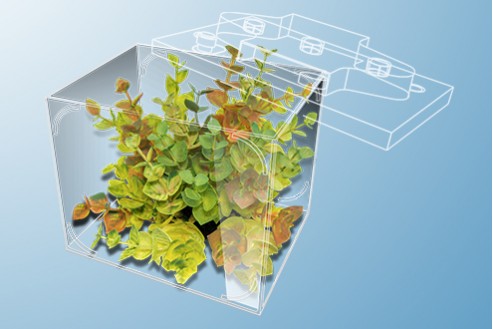More News :

"Going Green" means practicing an environmentally friendly and ecologically responsible lifestyle. Tips for Going Green
|
Going Green- Be a Green Consumer
"Going Green" means practicing an environmentally friendly and ecologically responsible lifestyle as well as making decisions to help protect the environment and sustain natural resources. There are lots of reasons to consider going green—too much trash, greenhouse gases, air and water pollution, damage to the ozone layer, and saving money. For example, switching all the light bulbs in a home from conventional incandescent light bulbs to compact fluorescent light (CFL) bulbs could save about $40 over the life of the bulb. Other examples include:
Turning your thermostat down two degrees in winter and up two degrees in summer.
Making sure your walls and ceilings are well insulated.
Replacing bathroom and kitchen faucets with low-flow models.
Make Greener Product Choices
Buying only what you need is the first step to go green, but when you buy, looking for greener products and using products in ways that respect the environment can have a big impact — on the health of your family, pets and the planet.
The U.S. Environmental Protection Agency (EPA) has a green products web portal to help you navigate the complex world of green products. You can use this portal to find links and information related to greener products from EPA and other sources.
The EPA has a number of eco-labeling partnership programs to help you identify greener, safer, and more efficient products. The standards behind these labels are based on scientific expertise and use the best available data. Look for these EPA program labels when buying:
EnergyStar - for energy efficient electronics and appliances
WaterSense - water efficient products
Design for the Environment (DfE) - safer household cleaners and other products. DfE allows products that have been determined to be safer for human health and the environment and effective to carry the DfE label.
SmartWay Certified Vehicle - cleaner, more fuel efficient cars and trucks
By making greener product choices you are saving money on utilities and fuel, supporting companies that are driving change and most importantly — you are joining millions of people helping to protect public health and the environment.
You can also choose to buy organic or locally produced food and eco-friendly clothing. For more information about national standards covering organic food, contact the U.S. Department of Agriculture’s Agricultural Marketing Service. There are no national standards for organic clothing, but some fabrics to consider include organic cotton, bark cloth, bamboo, and organic wool.
Beware: Verify Green Marketing Claims
The number of eco-label products, claiming that they are "eco-friendly" or "all-natural", has increased due to a growing demand for "green products. While this is a positive trend, you may have concerns about "greenwashing" and uncertainty about which environmental standards and labels can be trusted. The Federal Trade Commission's Green Guides provide guidance for companies that make marketing claims regarding the environmental attributes of their products. Here are some tips to help you sort through eco-
label marketing:
Look for specific (ex. "contains 75% post-consumer recycled materials") rather than vague statements about environmental impact.
Determine whether the green marketing claims apply to the packaging, the product, or both.
Beware of fake third-party certification. Visit Consumer Reports' website to find reliable environmental labels.
For more information about environmental advertising, contact the FTC.
Reusing and Recycling
Along with buying greener products, you can make a big impact by using the products you buy in ways that respect the environment by: using fewer products and following instructions for product use; conserving energy, water, and materials; recycling items made of materials such as glass, metal, plastic, or paper or disposing of products properly.
Many utility companies now offer curbside recycling programs that provide U.S. households with a responsible and convenient way to recycle materials. To locate information on recycling services and efforts in your area, call the Earth 911 toll free hotline, 1-800-CLEANUP (253-2687).
It is easy to safely dispose of many products. Others, such as car batteries, cell phones, televisions, paints, oils, and solvents, require special handling. You can responsibly dispose of these products through your local household hazardous wasters (HHW) collection facility or at your local government's annual HHW collection day. Some items may be given to charitable organizations or even dropped off at electronics retailers. Contact the Environmental Protection Agency (EPA) to help you make the right decisions about the best way to dispose of waste.
(via http://www.usa.gov/topics/environment-agriculture/going-green-tips.shtml)
|
|



 USA / English
USA / English Global / English
Global / English USA / English
USA / English












